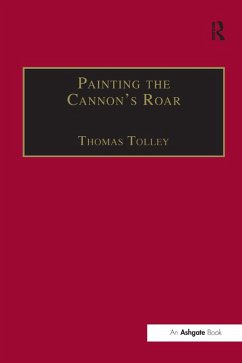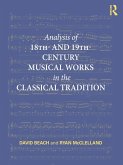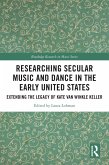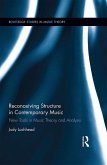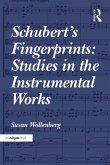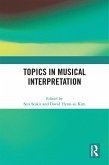From c.1750 to c.1810 the paths of music history and the history of painting converged with lasting consequences. The publication of Newton's Opticks at the start of the eighteenth century gave a 'scientific' basis to the analogy between sight and sound, allowing music and the visual arts to be defined more closely in relation to one another. This was also a period which witnessed the emergence of a larger and increasingly receptive audience for both music and the visual arts - an audience which potentially included all social strata. The development of this growing public and the commercial potential that it signified meant that for the first time it became possible for a contemporary artist to enjoy an international reputation. Nowhere is this better illustrated than in the career of Joseph Haydn. Although this phenomenon defies conventional modes of study, the book shows how musical pictorialism became a major creative force in popular culture. Haydn, the most popular living cultural personality of the period, proved to be the key figure in advancing the new relationship. The connections between the composer and his audiences and leading contemporary artists (including Tiepolo, Mengs, Kauffman, Goya, David, Messerschmidt, Loutherbourg, Canova, Copley, Fuseli, Reynolds, Gillray and West) are examined here for the first time. By the early nineteenth century, populism was beginning to be regarded with scepticism and disdain. Mozart was the modern Raphael, Beethoven the modern Michelangelo. Haydn, however, had no clear parallel in the accepted canon of Renaissance art. Yet his recognition that ordinary people had a desire to experience simultaneous aural and visual stimulation was not altogether lost, finding future exponents in Wagner and later still in the cinematic arts.
Dieser Download kann aus rechtlichen Gründen nur mit Rechnungsadresse in A, B, BG, CY, CZ, D, DK, EW, E, FIN, F, GR, HR, H, IRL, I, LT, L, LR, M, NL, PL, P, R, S, SLO, SK ausgeliefert werden.

